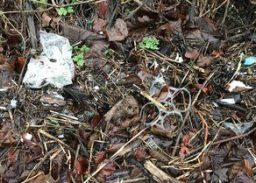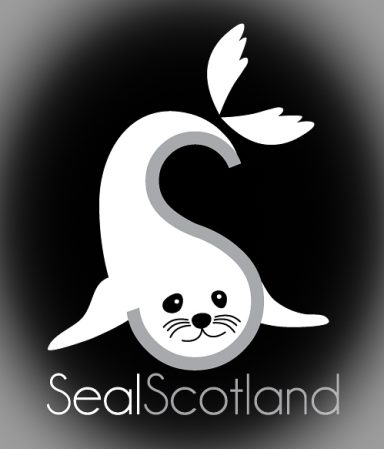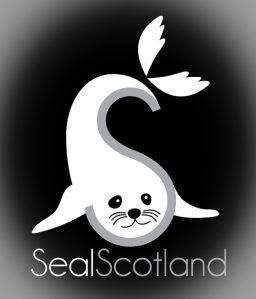Oceans and Seas are Dynamic
We need to keep up with changes
Climate Change and Biodiversity Loss
are Inextricably Linked
Ocean Currents called Gyres
There are five connected oceans on earth; what goes around, comes around. Everything is linked. The Atlantic has a gyre that circumnavigates the northern Atlantic. In addition, the Gulf Stream produces a fast warm current from the Gulf of Mexico, where it diverges along the Mid-Atlantic Ridge; - an off-shoot, the North Atlantic Drift Current is responsible for the mild wet climate in Scotland, which creates a prime location for Scotland's temperate rain forests.
Continental Currents
Scotland receives a cold northern (boreal) current as well as a warmer continental shelf current from the south. These mix with the North Atlantic Drift Current. An up-welling of nutrients results is an explosion of life which includes species at their most southern and northern limits; the result of which means an even greater number of species, than would normally be seen at the same latitude.
The Moon's Gravity Produces Powerful Tides
Gyres, currents and tidal flows all combine to give very special, changing and challenging conditions. Scotland's shores are home to extremophiles, species which can cope with drying out, being submerged, freezing, heating and salty conditions.
The Global Conveyor
Earth's five oceans are connected by a huge mass of moving sea water called the global conveyor. Sea water has different densities due to temperature and salt content, this is known as thermohaline circulation . These density differences create horizontal layers of different masses of water at different depths. It takes a massive amount of energy to mix and this becomes important when considering vertical movement of dead algae and other detritus, known as 'marine snow'. This movement of 'food' is vital to inhabitants on the ocean floor, yet some plankton cannot sink through these density layers and this is where whales come into effect. Constant diving helps to mix the surface waters and nutrients sink. Fewer whales, can have an adverse affect.
Effect on Climate
These combined effects have a profound effect on our climate and weather systems. Climate change and global warming is already having an adverse affect and melting ice both in the Arctic and Antarctic. Less dense cold, sinking water into the Atlantic can slow the global conveyor, Gulf Stream and alike, the affects of which will change conditions in Scotland and wider.

Marine Infrastructure
and Industry
can cause problems for a range of species, even habitats.
The sea environment by its very nature is dynamic. Manmade structures, like harbours and sea defences can cause huge problems when species have to deal with the consequences of climate change. Suitable sites may not be available to allow for species to relocate.
Shipping, especially military, installations such as oil and renewables produce sound pollution which can be damaging to some species. We even allow acoustic deterrents to 'scare' species from fish farms.
The species found around Scottish shores have evolved to survive with the natural conditions; it is the new, sometimes intrusive manmade issues that can tip the balance for some.
Biodiversity loss is a real problem, made worse by human induced climate change, it is time that our elected leaders and government officials mitigate against these events.
Hope for the Future
People Power: Information is Key
Around the world there is a change in people's perception, there is a growing movement of local people wanting change for a better future in their seas. People are becoming aware that overfishing and damaging fishing methods are having an adverse effect on entire ecosystems. The internet is a great tool for information but care needs to be used, especially with the introduction of Artificial Intelligence (AI).
Are scientifically identified areas, critical to the health of the ocean, created and led by local people who care for their seas.
People working together in order to restore land and sea for the future of all; nature and future generations.
Sea grass meadows have been depleted, regeneration not only creates fish nursery grounds but sequesters carbon. Many local people volunteer to help.
Oysters filter feed and in doing so 'clean' water columns. In addition, they create a sub-straight for other species to colonise. This can return seabed communities to a previously healthy state.
Plastic is a massive problem, it can takes hundreds of years to break down, some of the 'forever (toxic) chemicals' bond to plastic particulates and these can be ingested by animals and humans. Many groups of local people regularly comb local beaches and clear tonnes of rubbish.
Plastic pollution starts at your local drain,-
even in towns and cities!




We need your consent to load the translations
We use a third-party service to translate the website content that may collect data about your activity. Please review the details and accept the service to view the translations.

